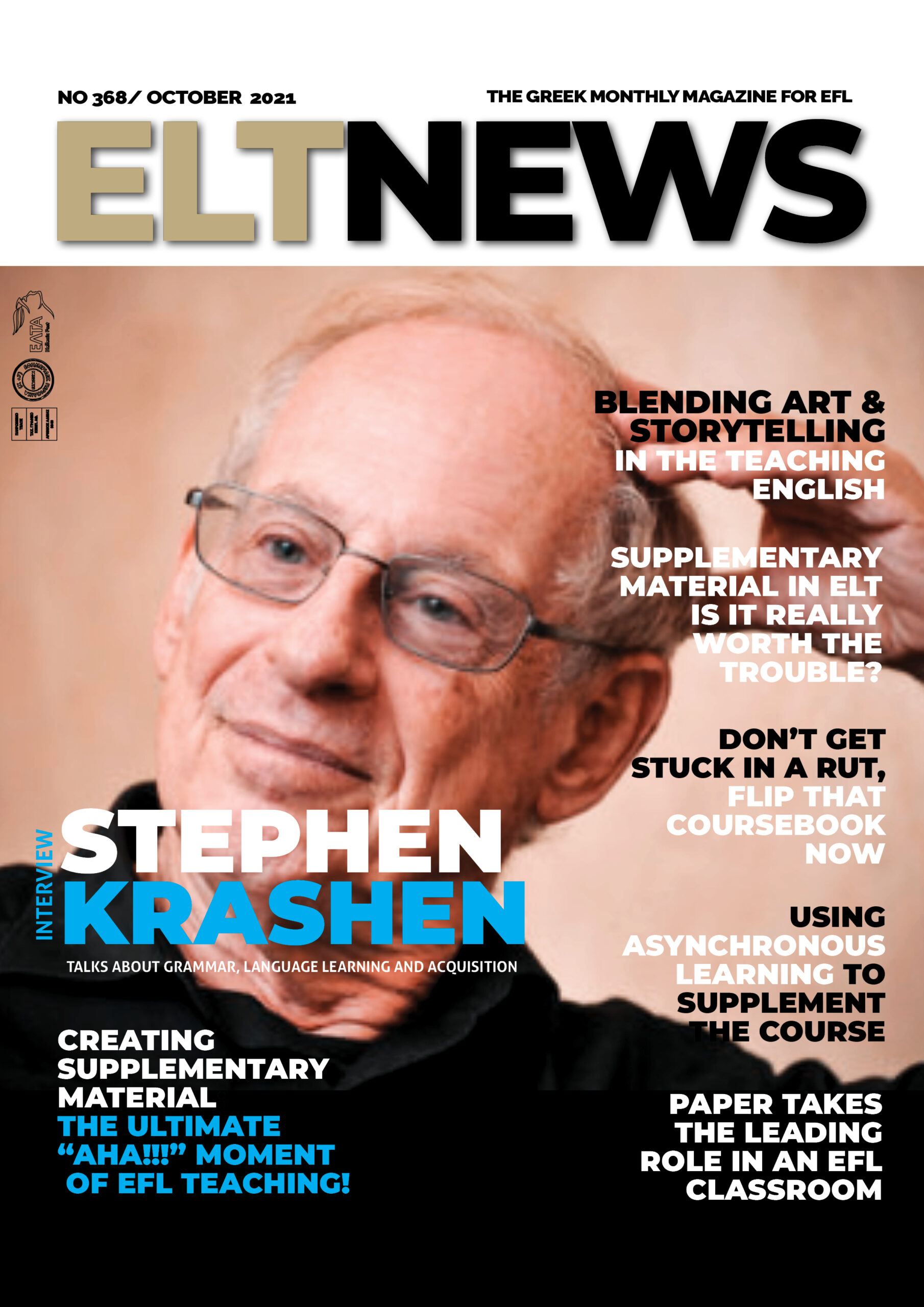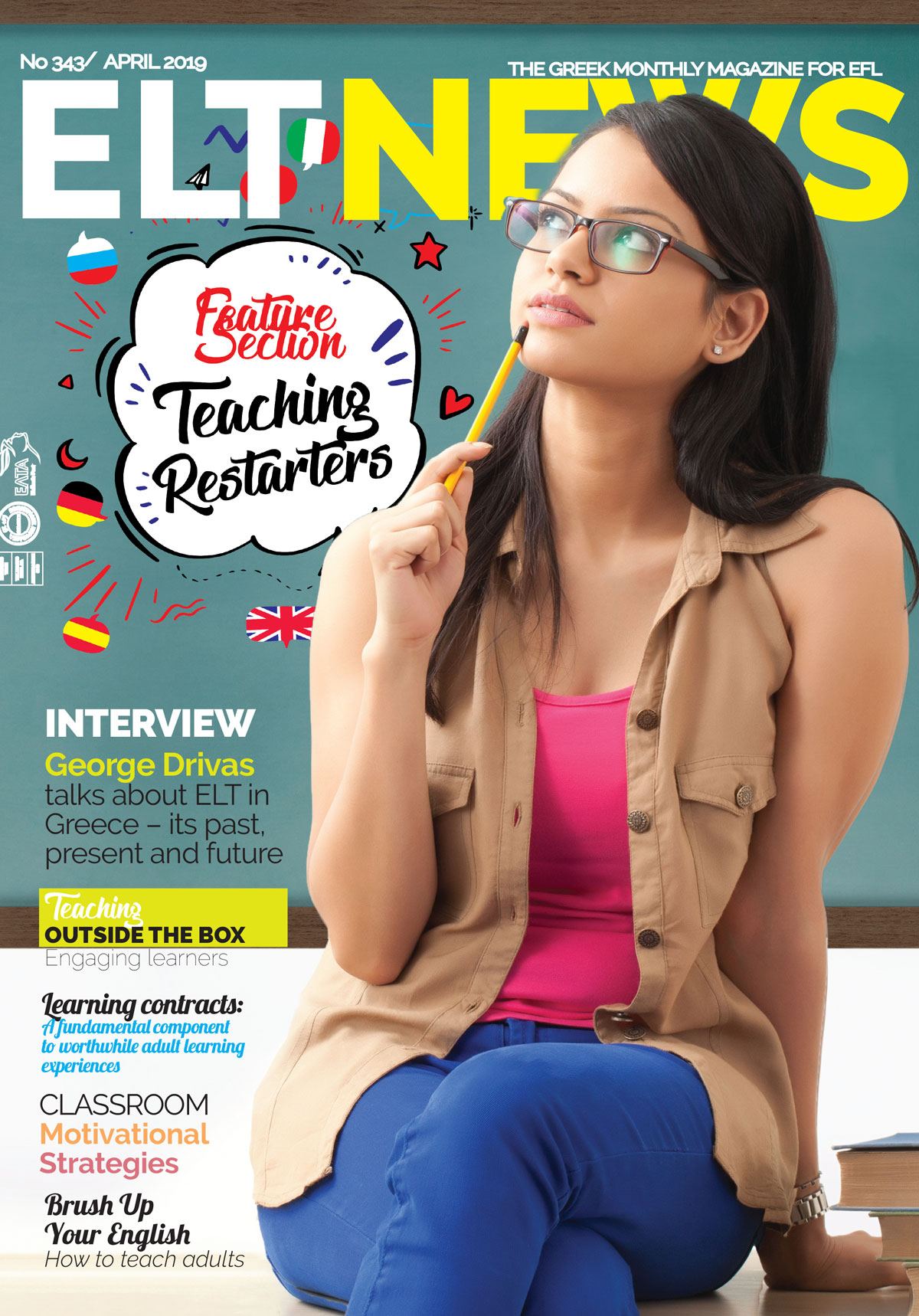The new school year has already started. After the first two weeks’ lessons we realise that:
The coursebook we have chosen doesn’t work the way we had expected;
- The topics do not attract our students’ interest;
- Some of our students have learning gaps from previous years;
- They can’t use grammar correctly to express themselves;
- They have limited vocabulary;
What can we do? Do we need supplementary material? What kind of material –in printed or in digital form? How easy is it to create our own material?
As language teachers, we often feel that the prescribed textbooks are not sufficient to achieve a variety of purposes involved in language teaching. We often find them inadequate to deal with some or other area(s) of communicative needs of our learners.
The needs, abilities, and learning environments of the students vary from place to place, and even from class to class. Thus, it is not always possible for a textbook writer to produce an ideal text book, which may cater to the needs of all students. This is one reason why there are innumerable textbooks available for language teaching. Reality calls for the necessity to bridge the gap using interesting supplementary materials in the classrooms. This will help our students to perform and produce their best work in English.
Material Types
The list of supplementary materials to be used in language teaching can be inexhaustible. Plenty of authentic materials are available around us. There are jokes and proverbs, short stories and anecdotes, cartoons and caricatures, newspaper articles and public speeches, television programmes and films, discussions and debates, and so on and so forth. Such materials, which may not be designed for instructional purposes, reflect the authentic and real use of the target language. And, in the teaching of English as a foreign language, it is desirable that our students develop the ability to communicate in the target language, i.e. they are able to express their ideas in speech and writing and also understand what they hear from people and read in books.
The use of authentic materials in the English classes is appealing for yet another good reason. Many teachers can attest to the fact that learners seem to be better motivated about language learning when new and exciting materials are used.
Animated videos
Animated videos are particularly accessible because they make it easy to focus on specific language, and can appeal to a wider age range of students. Animated videos are ideal for providing language models with enough context to support meaning, and enough humour to engage students. Research shows that students respond positively to familiar characters, so if you use videos with characters students can identify, they not only bring the language to life but may also make students want to interact with the characters they’re watching!
Use of Stories and Situations of Crisis
The goal of developing the communicative competence of our learners may be better achieved by involving them in learner-friendly interactive activities. Stories and situations involving crises demand from the learners an analysis of the situation and the best possible solutions with proper justifications. As a result, they prove to be a very effective way to practice English language and develop critical thinking skills. Talking about the COVID-19 health crisis, the devastating floods in Germany, Belgium and Holland, the wildfires in Siberia, California, Italy and Greece, the heat waves in Canada and the US and lots more makes the lesson meaningful and allows students to express their opinions.
Use of Cartoons
Cartoons are popular with people of all ages. The central idea of a cartoon may vary from that of simply wanting to amuse us to that of influencing our thinking. The humour, empathy, and satire created in cartoons enable us to better understand the world. We can use cartoons to teach language, human values, ethics and citizenship. Lots of information is packed in a small picture presented with or without a short caption. Such pictures create a powerful ground for the readers to interpret, discuss, and present their viewpoint.
Carefully selected cartoons ease students’ boredom increasing the amount of interest and connection, and build a positive learning environment. In adult classes political cartoons encourage students to think seriously, attract attention to current political issues and decreases the monotonousness of the course.
The list is endless. What we need to do is use our creativity and imagination, and jump at the chance to ‘teach unplugged’ with materials based on building upon the learners pre-existing knowledge and encouraging them to put their language to use.



